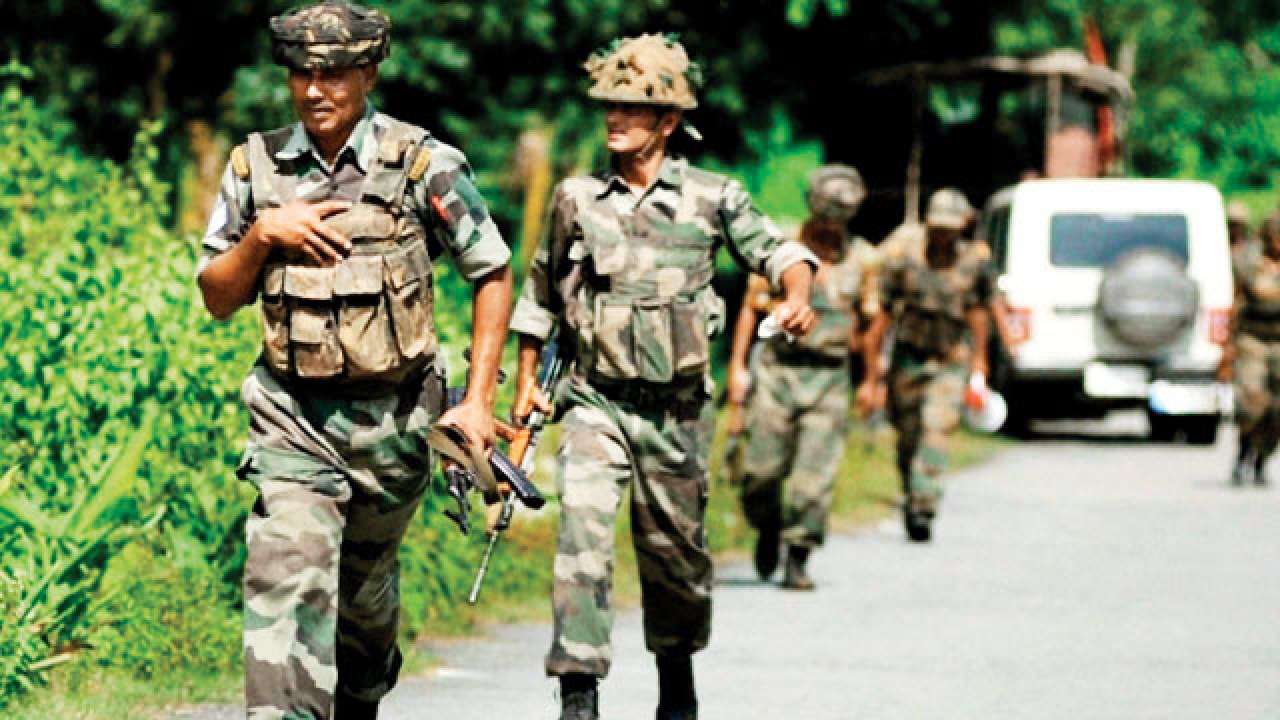
Reacting to a petition filed by an NGO, the Supreme Court, in its July order, this year, has issued directions for the lodging of an FIR in every case of encounter death against members of the forces involved in counter-insurgency operations in Manipur. The J&K police was recently forced by local leaders to register a case against an army unit reportedly involved in tying an alleged stone-pelter to an army vehicle and using him as a human shield. In June 2016, the Army had to move the Supreme Court against the orders of the J&K High Court on the alleged mass rape committed in Kunan-Poshpora in 1991. Despite the conclusion of an independent investigation team that the allegation was a hoax orchestrated by militant groups, the issue has been kept alive by cases filed by activists.
Between 2012 and 2016, nearly 200 complaints of human rights violations by defence personnel were filed in the states where the AFSPA is in force. In almost every encounter death in areas dominated by Maoists, activists move the human rights commissions and the courts, claiming the encounter to be fake. Pellet guns have been portrayed as inhuman weapons, compelling the government to limit their use. Human rights lawyers have termed the suspending of the sentence of military personnel, convicted in the Machil encounter case, by the Armed Forces Tribunal as an instance of the “impunity, which the Army and other institutions of state enjoy”.
Thus, the law has been successfully used as a weapon against the armed forces engaged in conflict. US Air Force General Dunlap was the first to use the term “lawfare” to denote a strategy of using or misusing law as a substitute for traditional military means to achieve a war-fighting objective. Russia, the People’s Republic of China and Palestinian Authority (PA) have used “legal warfare” as a major component of their strategic doctrine. The PA is waging lawfare against Israel on the battleground and international organisations and treaties, and Palestinian NGOs are doing so on the battleground of national courts.
Lawfare is becoming a powerful ‘force multiplier’, reminding one of Sun Tzu, who once said, “To subdue the enemy without fighting is the supreme excellence.” In India, the reasons behind the rise of lawfare are the increasing reach of human rights organisations, revolution in information technology, unaccounted sources of finance, and the ease with which the Indian legal system can be exploited. Investigations by independent commissions appointed by High Courts and the Supreme Court, commissions of inquiry appointed by state governments, and special investigations ordered by the government are some methods of engaging the armed and paramilitary forces in a legal battle.
Today, domestic law, international law and judicial institutions are being exploited to influence military policies of the armed forces. Lawfare poses a serious threat to the effective functioning of the armed forces and paramilitary in India. There is a need for a realistic assessment of this threat and the responses to it. Lawfare can be a substitute for armed conflict where it provides a means to compel specified behaviour with less cost than the use of weapons.
Lately, security agencies have been trying to use lawfare to choke sources of funding to non-state actors in J&K and the Northeast. Lawfare can be integrated into military command structures to bring about the desired outcomes, and must be exploited to downsize insurgency and subdue non-state actors. The government must identify circumstances in which opponents may create legal facts that could give them an advantage in the future. While inducting new weapon systems for use in internal security situations, it must advance international legal rules which would not restrict the use of weapons. The government must identify insurgents’ needs for material and resources, and attempt to block access within the purview of applicable law. Law is a good substitute for kinetic warfare; the government needs to exploit it for strategic advantages.
The author is a retired Wing Commander. Views expressed are personal.